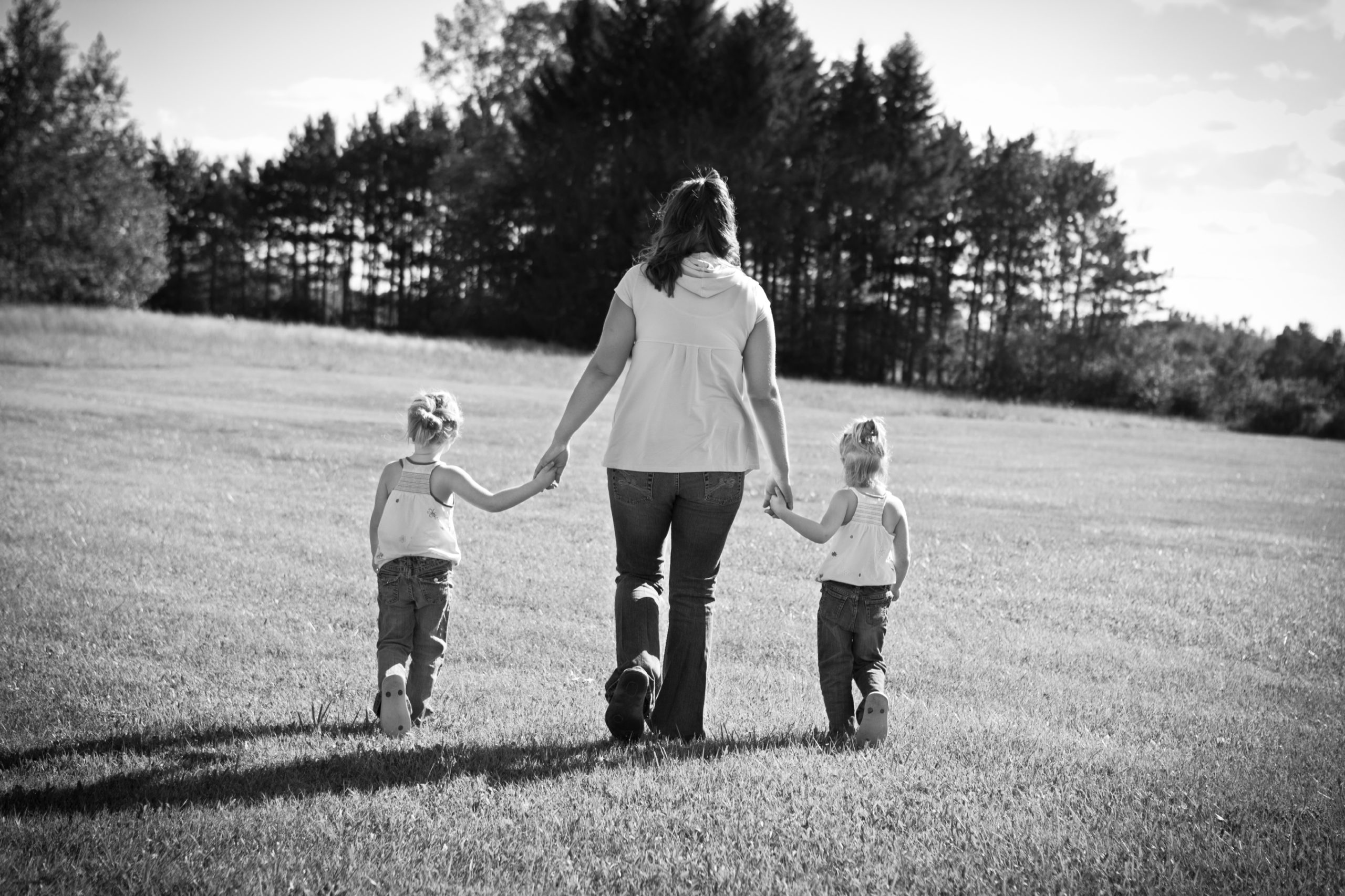Abortion rights, women of color, and LGBTQIA+ people are under attack. Pledge to join us in fighting for gender justice.
Wage Gap Deepens the Economic Insecurity of Black Women Workers on Front Lines of the Pandemic, New NWLC Analysis Reveals
(Washington, D.C.) The gender wage gap exacerbates the economic insecurity of Black women front-line workers who are confronting the double whammy of a devastating pandemic and a cratering economy, new analysis by the National Women’s Law Center (NWLC) shows.
More than 1 in 3 Black women are on the front lines of the pandemic, many in low-paid jobs and at high-risk of exposure to Covid-19.
Black women are disproportionately represented in front-line jobs providing essential public services during the pandemic—working as home health aides, restaurant workers and waitresses, child care workers, grocery store cashiers, hotel housekeepers, among other jobs—but they are paid less than their white, non-Hispanic male counterparts.
Black Women’s Equal Pay Day falls on August 13 this year. This is the day in 2020 when Black women’s earnings finally catch up to the earnings white, non-Hispanic men made in 2019 alone.
The wage gap means that Black women are typically paid 62 cents for every dollar paid to white, non-Hispanic men, exacerbating the racial wealth gap. The wage gap for Black women has not narrowed over the last quarter century.
A loss of thirty-eight cents on the dollar adds up over a month, a year, and a lifetime. If today’s median wage gap does not close, Black women stand to lose $1,962 each month, $23,540 a year, and a staggering $941,600 over the course of a 40-year career. These career losses amount to more than $1 million in 12 states. This difference in wages can be devastating for those who were already struggling to make ends meet before the pandemic started.
NWLC provides a state-by-state breakdown of the 40-year career losses experienced by Black women.
Key findings of the analysis include:
- Black mothers are paid just 50 cents for every dollar paid to white, non-Hispanic fathers. Even when working full time, Black mothers were four times more likely than white, non-Hispanic mothers working full time to be living below the poverty line in 2018.
- Black women make up 11 percent of the front-line workforce despite only making up 6.3 percent of the workforce overall—and they are paid less than white, non-Hispanic men in the same jobs.
- Black women hairdressers, hairstylists, and cosmetologists lose $15,000 to the wage gap each year.
- Black women pre-K, K-12, and special education teachers lose $14,200 to the wage gap each year.
- Black women janitors, building cleaners, maids and housekeepers lose $12,000 to the wage gap each year.
- Black women cashiers and retail salespeople in grocery stores lose $8,100 to the wage gap each year.
- Black women waitresses lose $7,800 to the wage gap each year.
- Black women cashiers & retail salespeople in general merchandise stores lose $5,700 to the wage gap each year.
- Black women registered nurses lose $5,000 to the wage gap each year.
- Black women personal care aides and nursing assistants lose $3,300 to the wage gap each year.
- Black women child care workers lose $2,000 to the wage gap each year.
Additional NWLC wage gap analysis highlights state-by-state rankings of the lifetime wage gap for Black women, Latinas, white women, and women overall.




